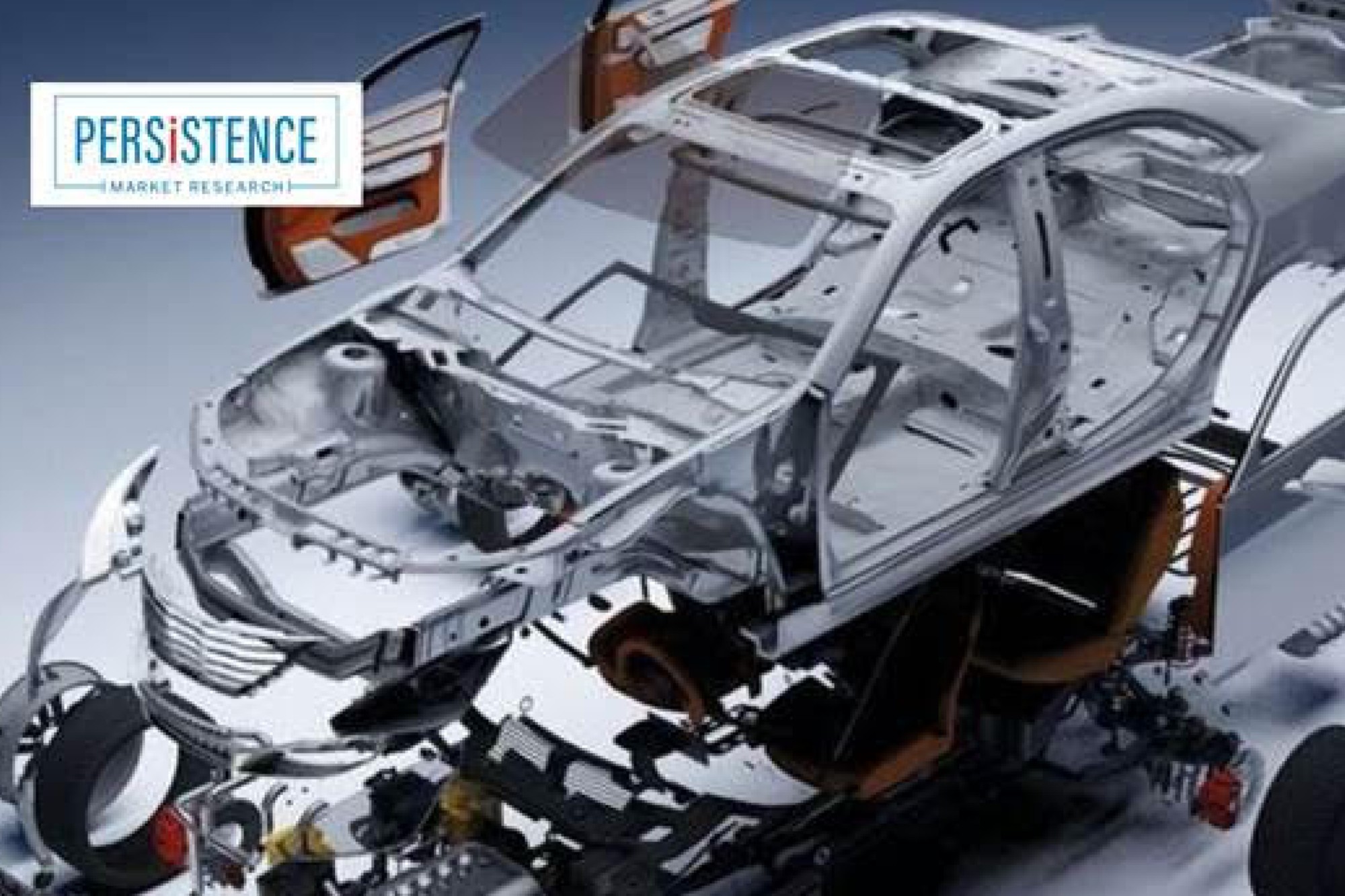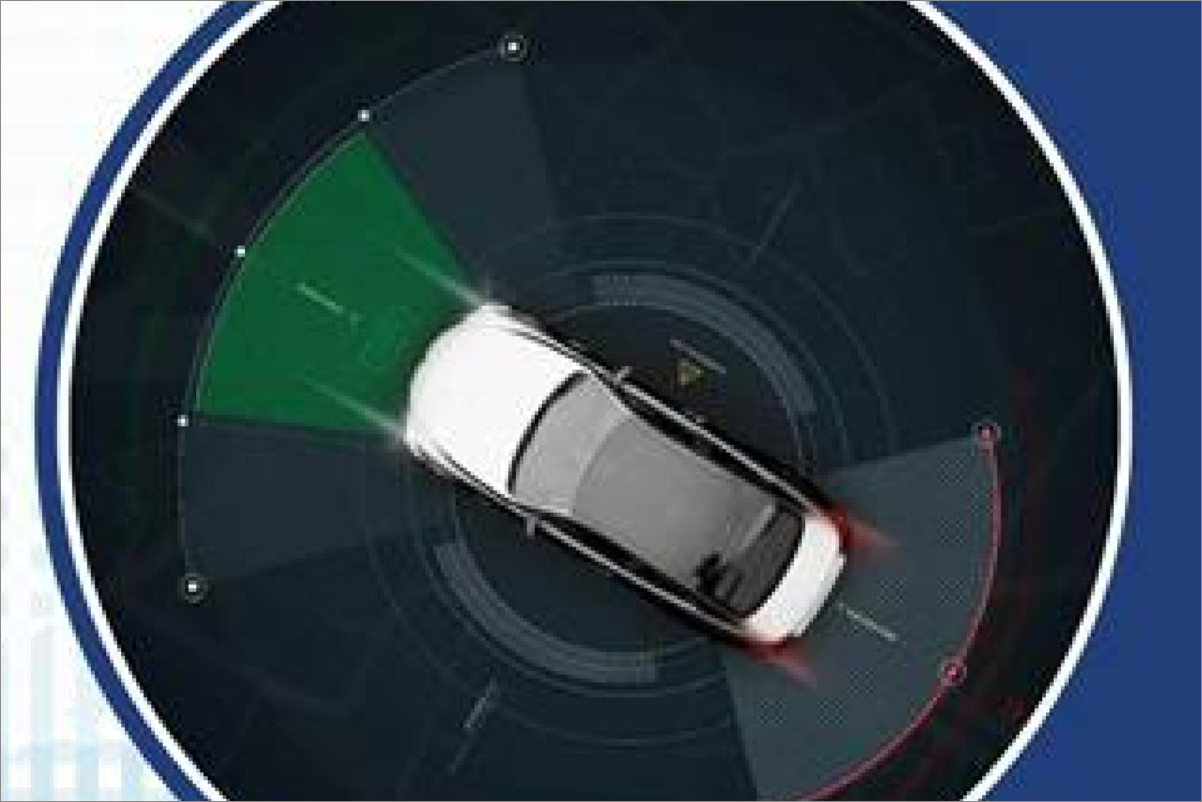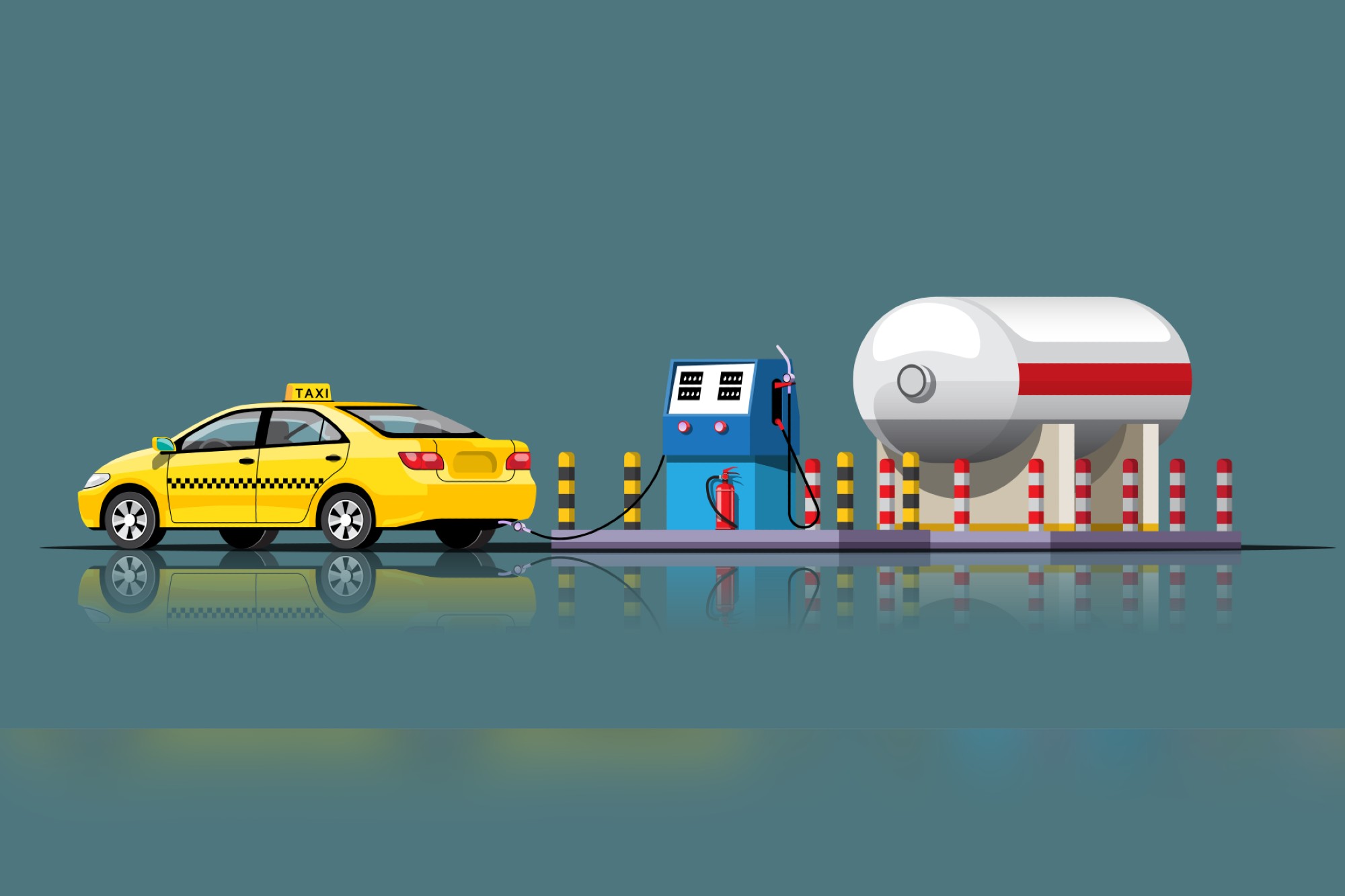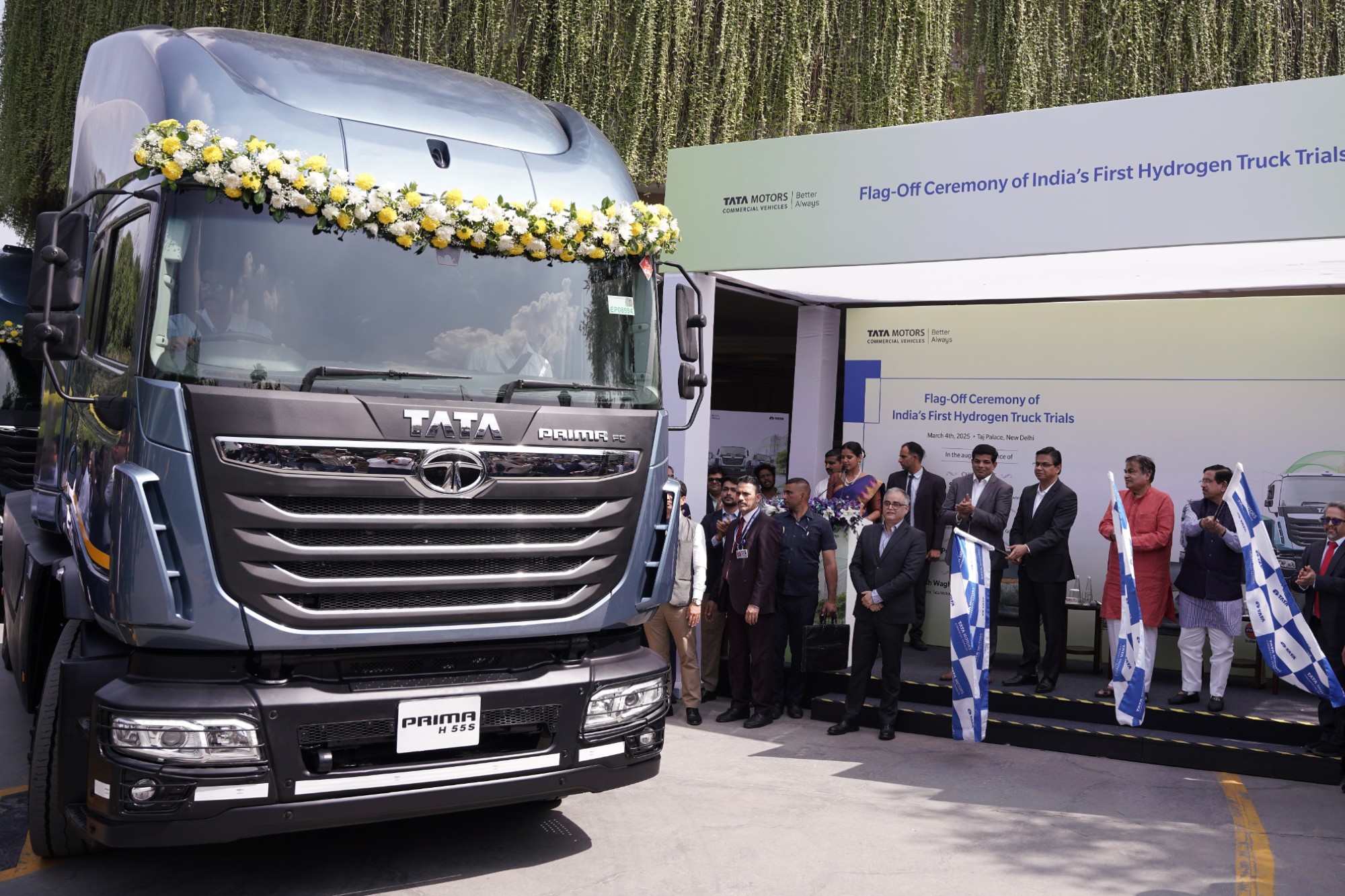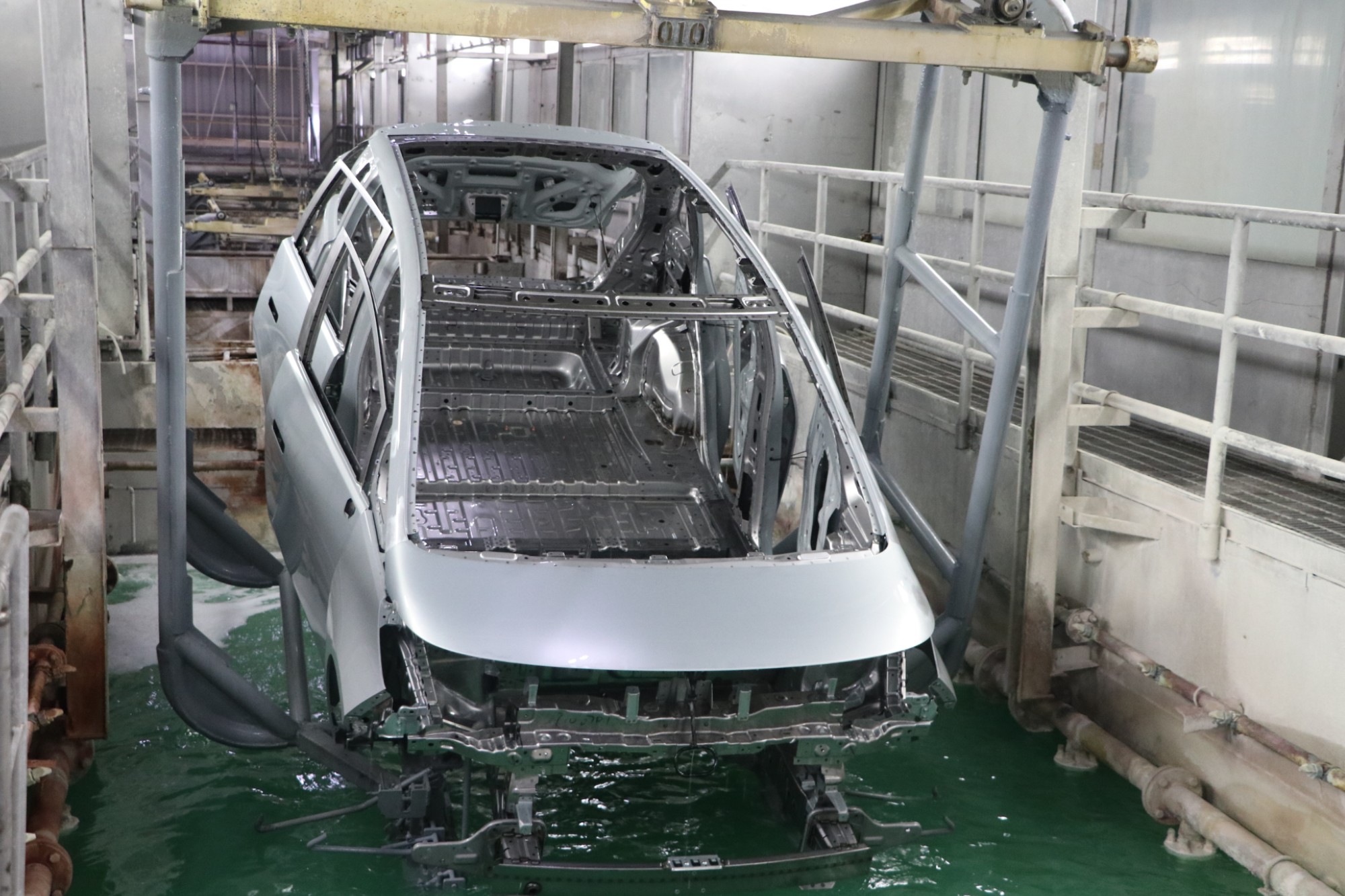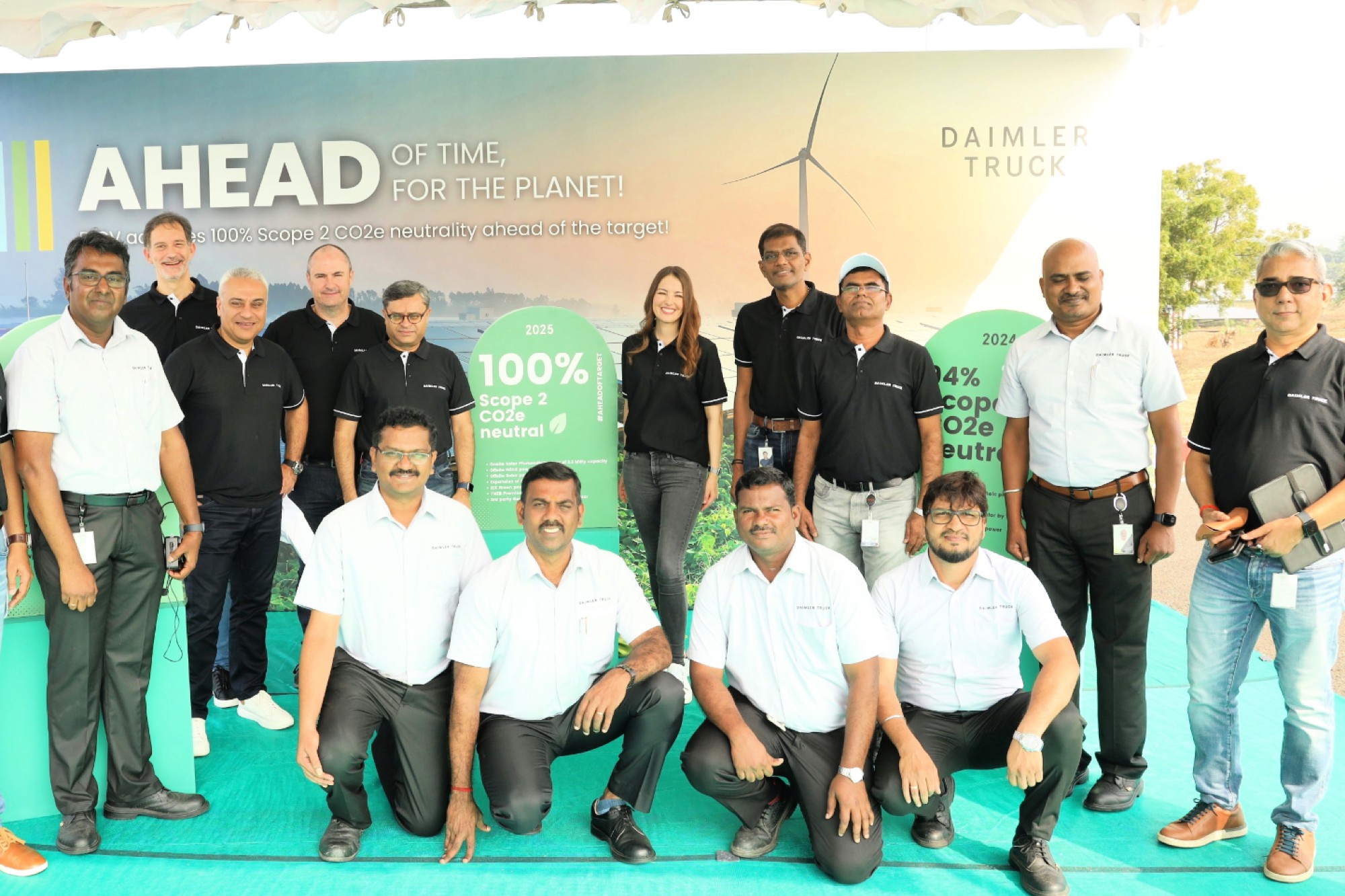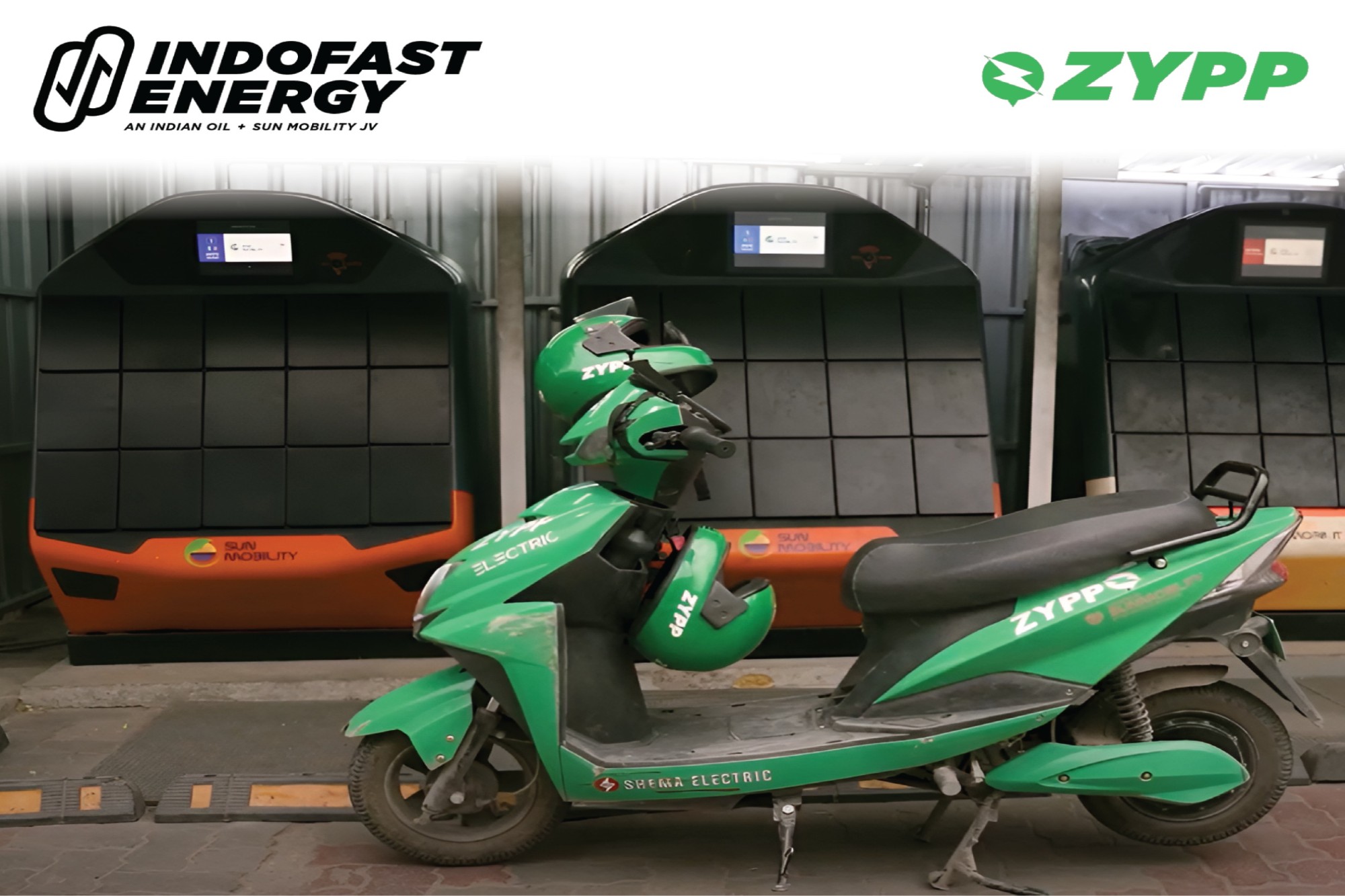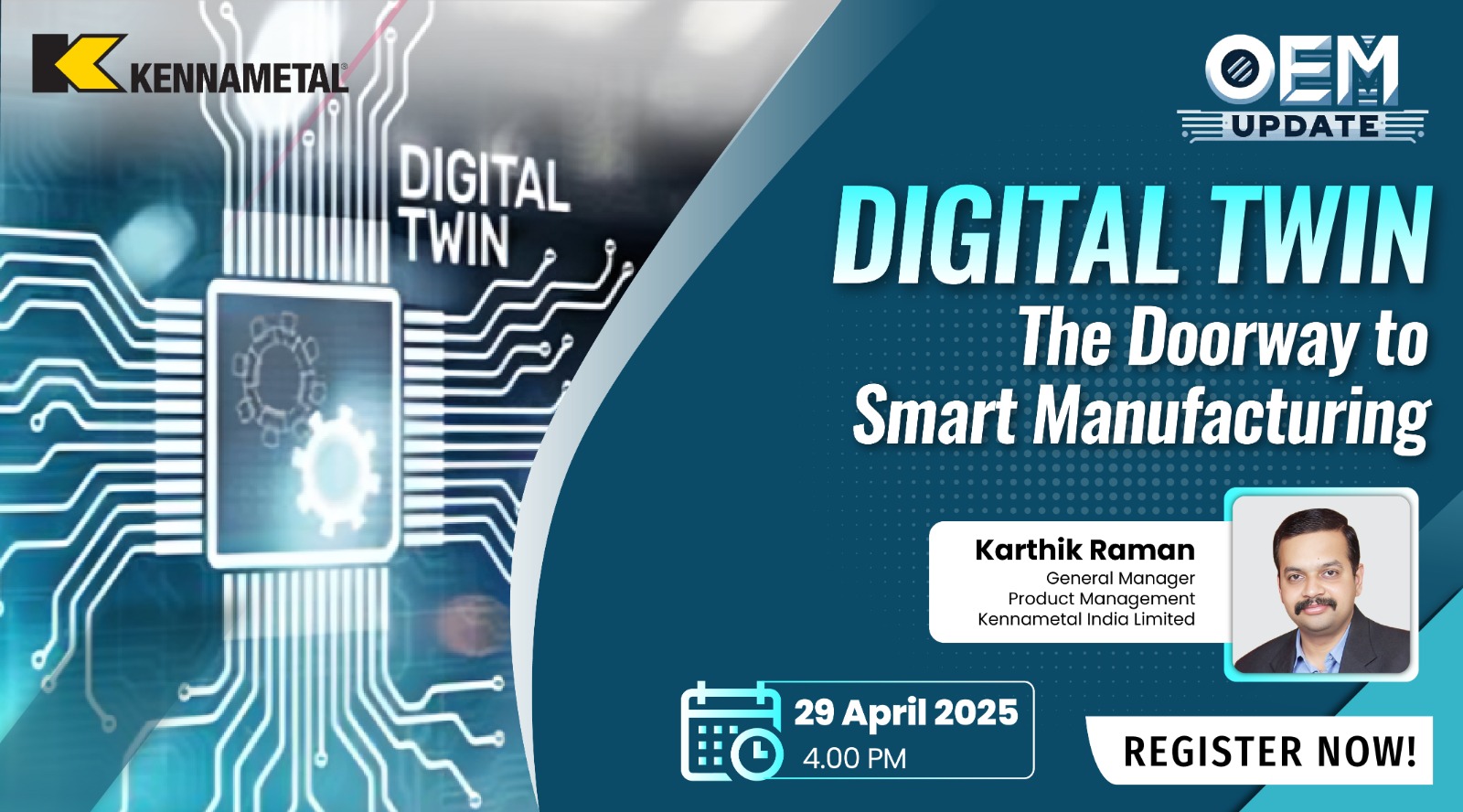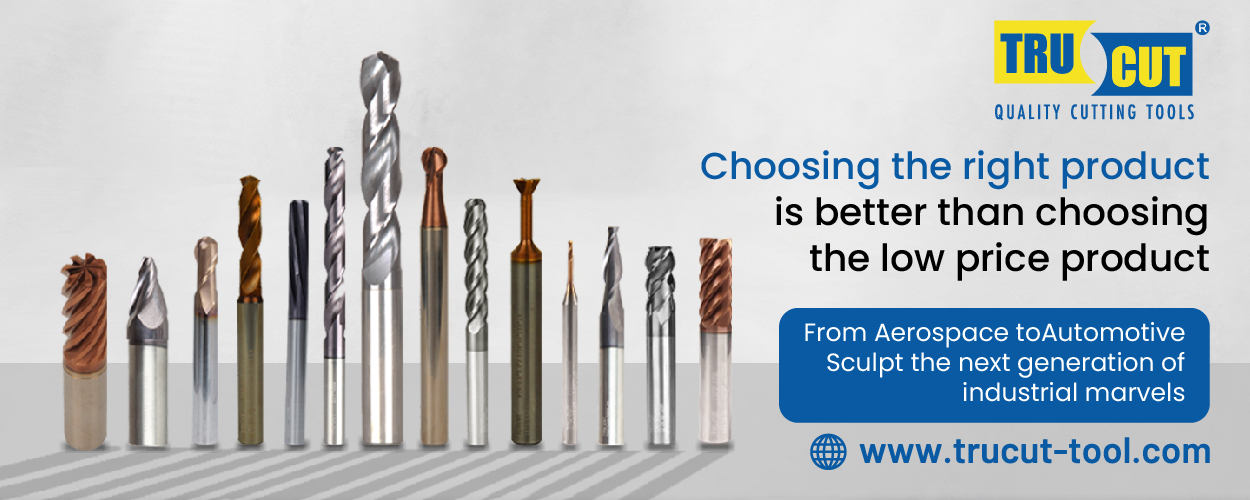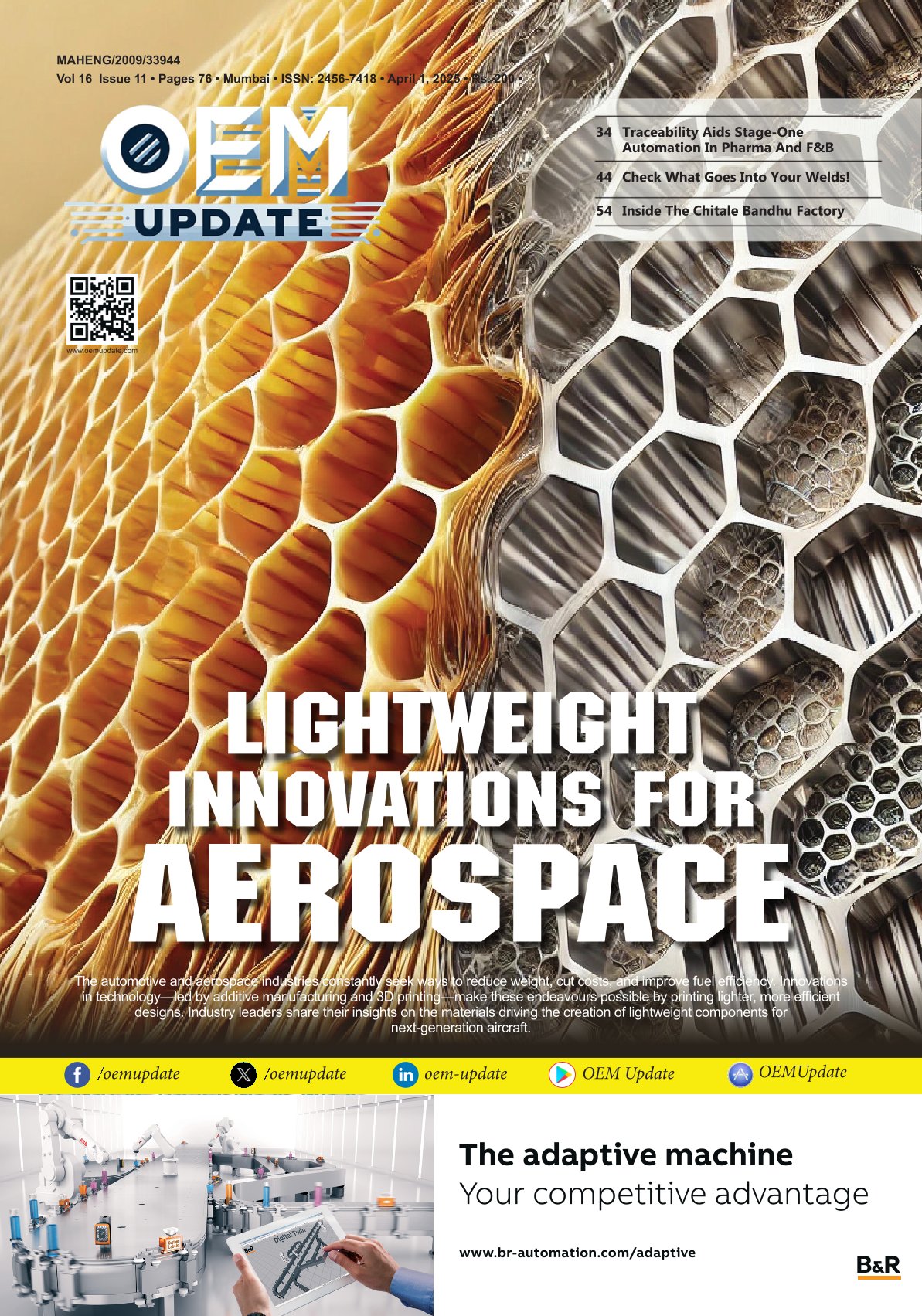Automotive plastics for innovation and sustainability
By OEM Update Editorial June 12, 2024 7:04 pm IST
Plastics in automotive manufacturing offer weight reduction, as they are lighter than metals, enhancing fuel efficiency and reducing emissions, especially in the context of stringent environmental regulations and the increasing demand for electric vehicles (EVs).
The automotive plastic market is crucial in the modern automotive industry, offering lightweight, durable, and cost-effective solutions for vehicle performance and fuel efficiency. Its applications include interior and exterior components, under-the-hood parts, and electrical systems, driving innovation and sustainability in vehicle design and manufacturing.
Persistence Market Research predicts a 7.5 percent CAGR in the global automotive plastic market from 2024 to 2031, with a market size of $43.9 billion by 2031. Factors driving growth include increased vehicle production, stringent emission regulations, and demand for lightweight materials. The automotive industry is constantly evolving, driven by fuel efficiency, emissions reduction, and enhanced performance. Innovative use of plastics in vehicle design is a significant contributor to these advancements. The automotive plastic market has grown exponentially over the past few decades, with new materials and technologies pushing the boundaries of vehicle design and manufacturing.
Metals such as steel and aluminium have traditionally been the preferred materials in vehicle manufacture due to their strength and durability. However, plastics have evolved as a viable alternative, providing a number of advantages that metals cannot match. The usage of plastics in automobile applications began in the mid-twentieth century and has since grown dramatically. Today, the average automobile comprises roughly 20 percent plastic by weight, and this figure is anticipated to climb as manufacturers look for ways to cut vehicle weight and increase efficiency.
Key benefits of automotive plastics
Plastics in automotive manufacturing offer weight reduction, as they are lighter than metals, enhancing fuel efficiency and reducing emissions, especially in the context of stringent environmental regulations and the increasing demand for electric vehicles (EVs).
Plastics provide exceptional design flexibility, enabling manufacturers to create complex shapes and structures that are difficult or impossible with metals, thereby enhancing fuel efficiency and performance.
Cost Efficiency in plastics are generally less expensive to produce and process than metals. This cost efficiency extends to the manufacturing process, where plastic components can often be molded in a single step, reducing assembly time and labor costs.
Modern automotive plastics are durable and corrosion-resistant, ensuring their longevity and lower maintenance costs, resulting in longer vehicle lifespans.
Enhanced plastics safety can absorb and dissipate energy more effectively than metals, which is crucial in the event of a collision. This energy absorption capability helps improve crash safety and protect occupants.
Innovations driving the market
The automotive plastic market is experiencing significant advancements, particularly in the use of composite materials. These materials, which combine plastics with materials like carbon fiber or glass, are becoming more popular in automotive manufacturing due to their superior strength-to-weight ratios, making them ideal for applications requiring durability and lightweight properties.
Carbon Fiber Reinforced Plastics (CFRP) and Glass Fiber Reinforced Plastics (GFRP) are two promising automotive composite materials. CFRP is lightweight, strong, and rigid, used in high-performance sports cars due to its high cost. GFRP is used in body panels, bumpers, and structural components, balancing cost and performance. Research and development are making CFRP more affordable for mass-market vehicles.
Bioplastics and sustainable materials
As the automotive industry strives for greater sustainability, bioplastics and other eco-friendly materials are gaining traction. These materials are derived from renewable sources such as plants and algae, reducing the environmental impact of vehicle manufacturing.
Polylactic Acid (PLA): PLA is a biodegradable plastic derived from renewable resources like corn starch or sugarcane. It is being explored for use in interior components and other non-structural applications.
Polyhydroxyalkanoates (PHA): PHA is another biodegradable plastic produced by bacterial fermentation of sugars or lipids. It offers similar properties to traditional plastics but with the added benefit of being environmentally friendly.
3D pinting and additive manufacturing
3D printing, also known as additive manufacturing, is revolutionizing the way automotive components are designed and produced. This technology allows for the creation of highly complex and customized parts with minimal material waste.
3D printing facilitates rapid prototyping, enabling manufacturers to rapidly produce and test new designs, accelerating development and reducing time to market for new vehicles. It also aids in on-demand manufacturing of replacement parts, reducing inventory costs and ensuring availability when needed.
Nanotechnology is opening up new possibilities for automotive plastics by enhancing their properties at the molecular level. Nanocomposites, which incorporate nanoparticles into plastic matrices, offer improved mechanical, thermal, and electrical properties.Improved Strength and Durability: Nanocomposites can significantly enhance the strength and durability of plastic components, making them more suitable for demanding applications.
Enhanced Thermal Stability: Nanoparticles can improve the thermal stability of plastics, allowing them to withstand higher temperatures without degrading. This is particularly important for under-the-hood applications.
Conductive Plastics: Nanotechnology can be used to create conductive plastics, which can replace traditional metal conductors in some applications. This can further reduce vehicle weight and improve fuel efficiency. The use of plastics in automotive design is extensive, covering a wide range of applications from the interior to the exterior and under the hood. Some of the key applications include:
Interior components
Plastics are widely used in vehicle interiors due to their versatility and aesthetic appeal, particularly in dashboard and instrument panels, where they allow for intricate designs and advanced features.
Modern plastics provide comfort, durability, and ease of cleaning for seating and upholstery, while also being used for trim and molding components, offering high-quality finishes and customization options.
Exterior components
Plastics significantly enhance the exterior of a vehicle, offering weight reduction and design flexibility, with key applications including:
Bumpers and Fenders: Plastics offer excellent impact resistance, making them ideal for bumpers and fenders.
Plastics significantly enhance the exterior of a vehicle, offering weight reduction and design flexibility, with key applications including:
Under-the-hood components
Plastics are also used in various under-the-hood applications, where their durability and resistance to heat and chemicals are crucial. These applications include: Engine Covers: Plastic engine covers offer a lightweight alternative to metal, reducing overall vehicle weight.
Manifolds, such as air intake and fluid reservoirs, are typically made from plastics due to their durability in high temperatures and corrosive environments.
Challenges and future prospects
While the automotive plastics industry is expected to develop significantly, it confronts a number of hurdles. These include worries about plastic waste and environmental effect, as well as the necessity for ongoing breakthroughs in material qualities and manufacturing procedures.
Environmental concerns: The automobile sector is under growing pressure to lessen its environmental impact. While plastics can reduce weight and improve fuel economy, they also add to plastic trash. Developing more sustainable plastics and improving recycling methods are critical for tackling these issues.
Material Advancements: Continued research and development are needed to enhance the properties of automotive plastics, particularly in terms of strength, durability, and thermal stability. This will ensure that plastics can meet the demanding requirements of modern vehicles.
The automotive plastics industry is at the forefront of innovation, shaping the future of vehicle design. From innovative composite materials and sustainable bioplastics to cutting-edge production processes and nanotechnology, the possibilities are limitless. As the industry evolves, plastics will play an increasingly important role in automobile manufacturing, opening up new prospects for increased performance, economy, and sustainability. These breakthroughs are shaping the future of transportation, and the automotive plastics industry is poised to play a key part in that shift.
Cookie Consent
We use cookies to personalize your experience. By continuing to visit this website you agree to our Terms & Conditions, Privacy Policy and Cookie Policy.



